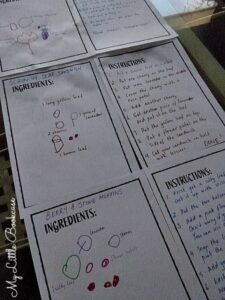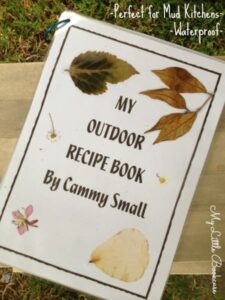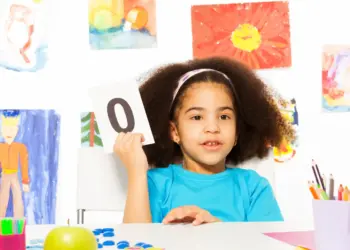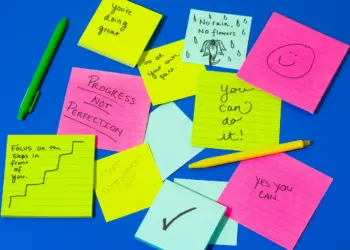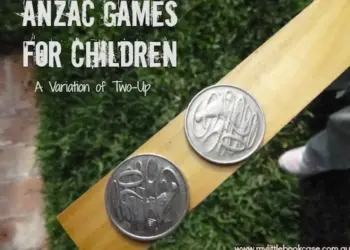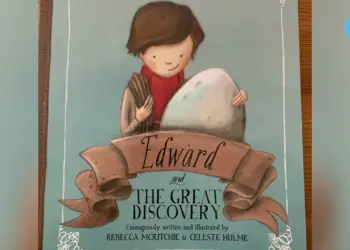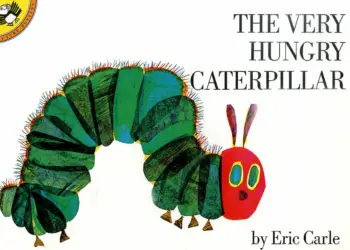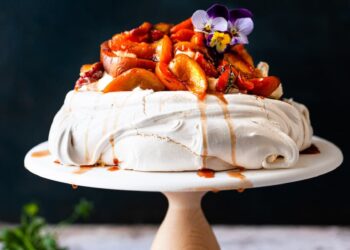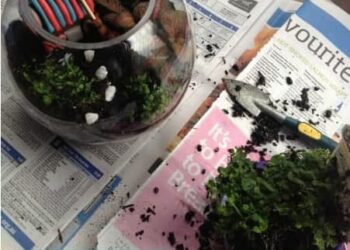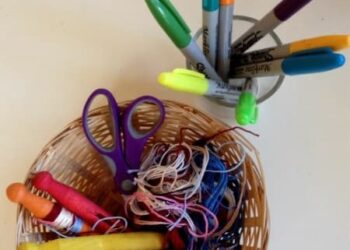One of my most vivid childhood memories is of making flower soups and ice creams with my friends and trying to sell them to passers-by in the street. I feel immense joy as I watch Cam do the same- making all sorts of concoctions with flower petals, leaves, and anything else she can find in the backyard.
I like to find ways to capture these memories, but I also use Cam’s interests to assist in developing her literacy skills in meaningful ways.
Last week we made the most of the Melbourne sunshine and spent some time in the backyard. As I watched and listened to Cam explain how to make a Lavender Souplaki (souvlaki) in celebrity chef style, I decided it would be a great opportunity to create a recipe book, especially for her mud kitchen/café.
CREATE YOUR OWN MUD KITCHEN RECIPE BOOK
- Download and print copies of our mud kitchen recipe book template.
- Collect recipe ingredients by exploring the garden or local environment.
- Invite your child to create an imaginative meal using a selection of the collected items.
- Once your child has a selection of ingredients, they can draw them using the ‘Ingredients’ template page. It’s not necessary, but you could add labels to your child’s diagrams (Independent writers can do this themselves).
- Once they have drawn the ingredients, you can remove the paper and allow your child to play and create freely, but ask them to verbalize their thoughts and explain what they are doing (You could introduce your child to a variety of adjectives, verbs, and instructional language and phrases).
- Act as your child’s scribe, and try to capture their words and explanations using the ‘Instructions‘ page of the template. Let your child decide how many meals they want to create. You don’t have to fill a recipe book in one go.
- Decorate the front cover with any leftover ‘ingredients’.
- Waterproof your recipe book for outdoor use by laminating the sheets.
- Secure with a key ring (this will enable you to add to the recipe book over time. There is no need to fill the recipe book in one go).
- Hang the recipe book in your child’s mud kitchen/café or outdoor play space.
Learning outcomes:
- Working with your child to create an outdoor recipe book helps your child to understand that texts serve a purpose- in this case, to record ideas and to instruct.
- Younger children or pre-readers might simply use the recipe book as a play resource, imitating the process of reading a recipe.
- Children who are learning to read will be able to use their diagrams as reading clues, while independent readers will have created a new, personal, and meaningful text to add to their library.



